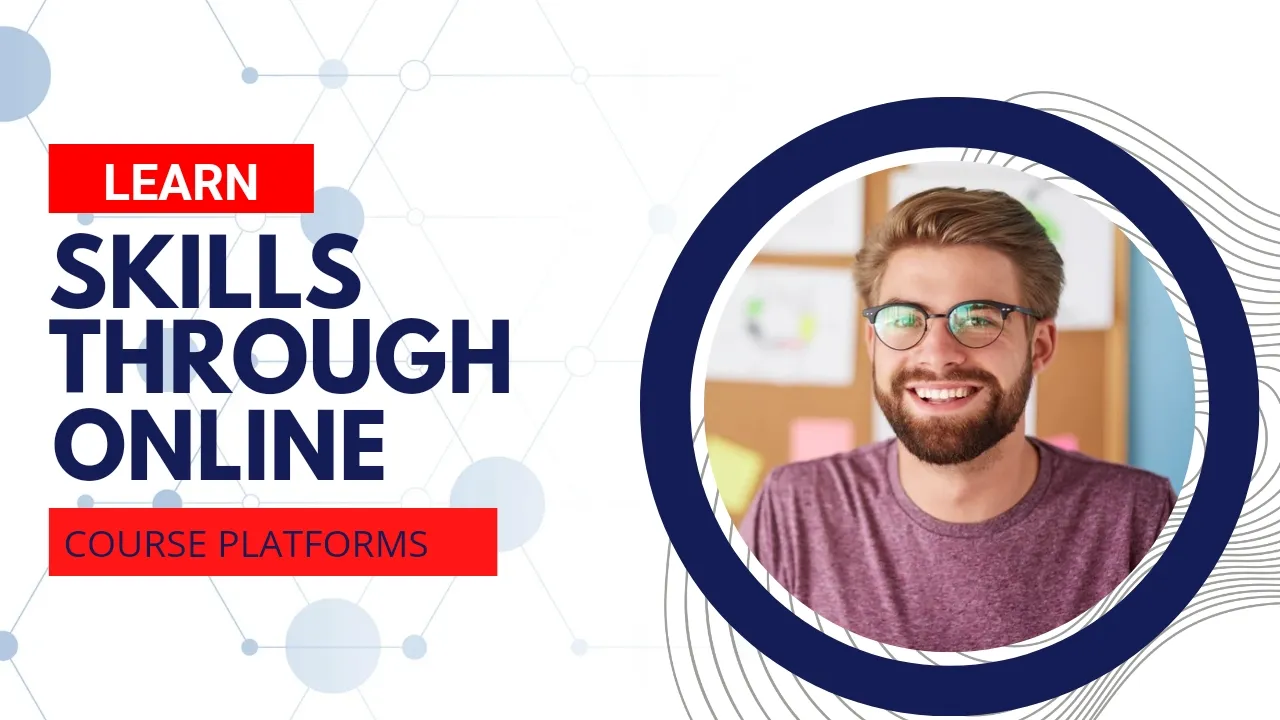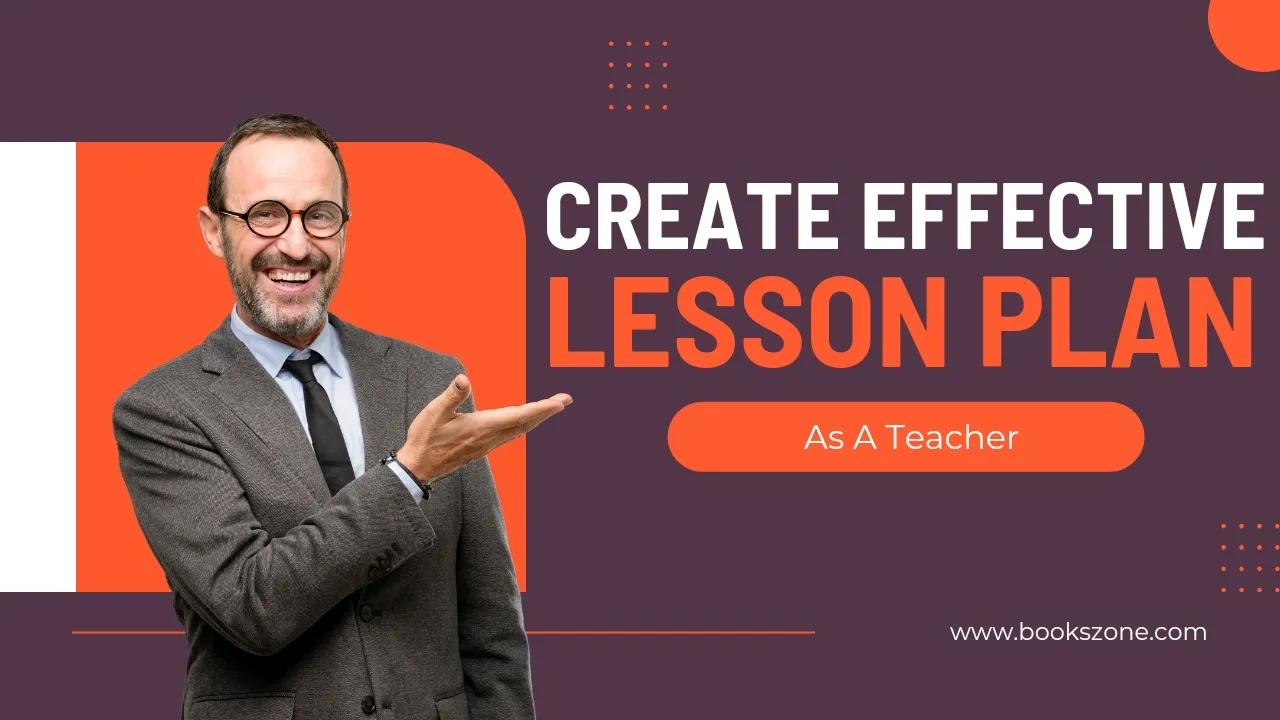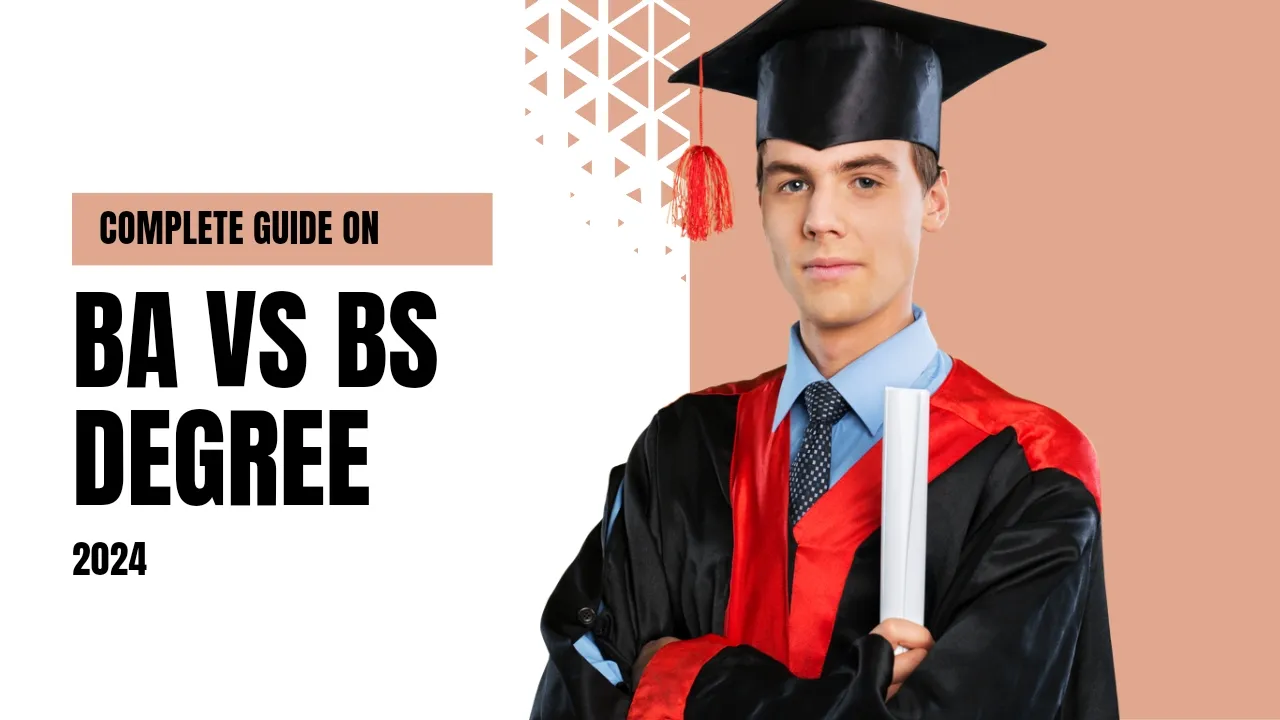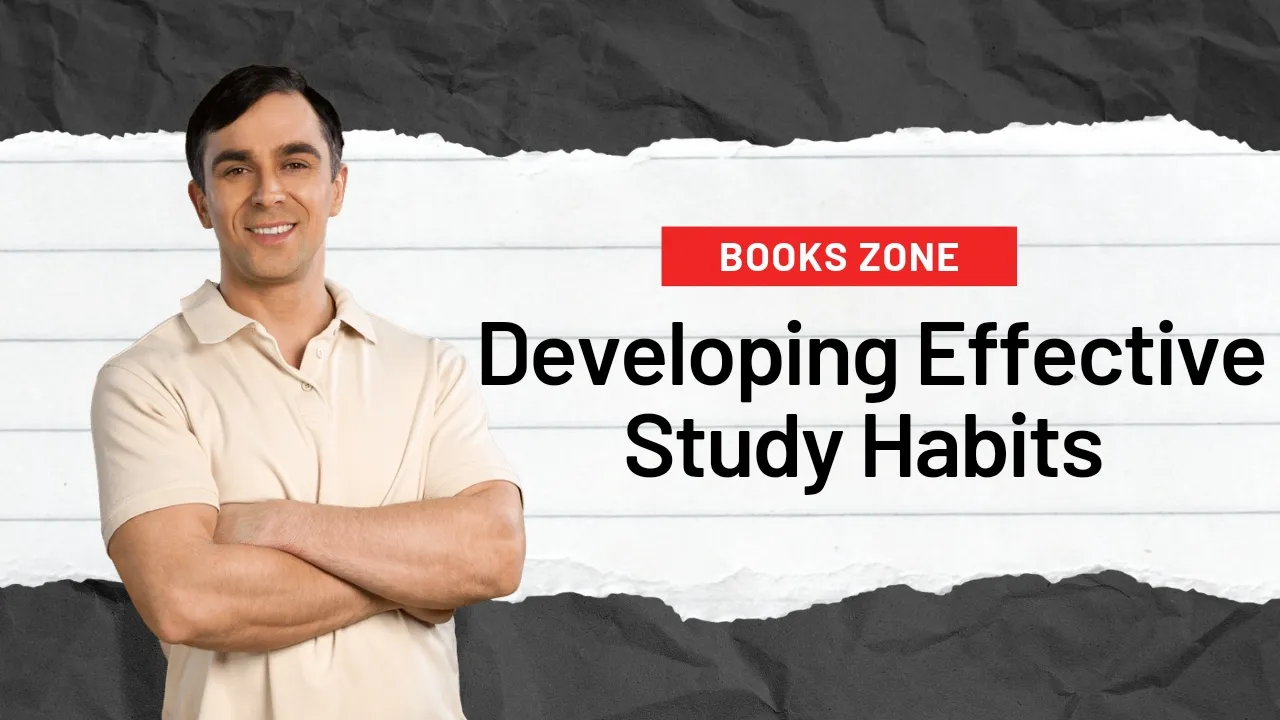The internet has radically expanded access to education. Through massive open online course (MOOC) platforms like Coursera, edX, and Udacity, anyone around the world can now take thousands of university-level courses and specializations entirely for free.
This has opened up tremendous new opportunities for lifelong learning and career advancement that were previously gated behind tuition payments and admission requirements.
While MOOCs have not fully disrupted traditional colleges as some initial hype suggested, they have had substantial impact breaking down barriers to affordable, quality education with strong potential for further impact as technology and instructional approaches continue advancing.
Origins of Massive Open Online Courses
In 2008, free open online courses emerged out of Stanford University and other early pioneers. These allowed anyone interested to audit pre-recorded lectures and materials from actual campus classes for free over the internet.
While distance education had existed for decades in the form of correspondence courses and educational television programs, MOOCs leveraged scale of the internet allowing enrollment to massively eclipse physical classrooms.
Some of the very first MOOCs came from elite computer science programs like Stanford’s, focused on technology-oriented content where automation for grading and feedback was easiest to implement. However, word quickly spread across campuses about this new online teaching format.
Within a few years, professors at top global universities in fields from physics to history began recording short video lectures, digitizing materials, and opening participation to the general public through websites like Academic Earth. Non-profit startups like edX and the venture capital-backed Coursera began hosting MOOCs from dozens of prestigious university partners.
The sudden availability of free online content from famous professors at schools like Harvard and MIT gained widespread media attention. Stories emerged of students around the world eagerly enrolling in these open courses, gaining access to learning previously restricted to wealthy admissions prospects.
Enrollment in popular courses quickly scaled to hundreds of thousands of students across nearly every country. Completion rates were low for most learners who had signed up casually, but the scale and breadth of impact excited many about democratizing access to education. Thus while the format was still being defined, the MOOC movement was born.
The Coursera Model
Founded in 2012 by Stanford professors Andrew Ng and Daphne Koller, Coursera quickly became the largest and most well-funded MOOC provider. Rather than develop courses themselves, Coursera forged partnerships with top universities to host their content.
Participating faculty receive support from instructional designers to adapt their on-campus teaching for effective online delivery. Coursera handles video hosting, learner discussion forums, assignment grading, and other infrastructure to simplify production.
This platform model enabled Coursera to rapidly expand its course catalog and learner base at a relatively low cost. Today, Coursera offers over 5,000 courses in subjects from data science to poetry writing. Content comes from over 250 top university and industry partners including Stanford, Columbia, Google, and the Museum of Modern Art.
There are currently over 100 million registered learners on the platform. While a majority are from English-speaking countries like the United States, Coursera has seen strong growth recently across Latin America, Europe, India, and other parts of Asia and Africa. Expanding internet connectivity combined with rising income growth in developing countries continues fueling demand for education.
Most Coursera courses follow a similar structure:
- 5-10 minute pre-recorded video lectures by the professor
- Frequent quizzes and assignments with instant feedback
- Optional paid certificate upon completing all graded work
- Interaction with other learners via discussion forums
- 2-4 weeks of content per course, flexible schedule
Compared to early MOOCs which simply recorded classroom lectures, most new courses are designed specifically for online delivery. Principles from cognitive science and educational data are leveraged to optimize learning.
For example, new courses tend to feature more frequent knowledge checks and breaks suited for shorter attention spans. Data on learner drop off rates guides video length decisions. Interactive coding notebooks and simulations aim to take advantage of the digital experience.
Discussion forums seeded by the teaching staff promote learner social connections and motivation. Carefully constructed assignments provide personalized feedback to the high volume of submissions. These evidence-based strategies increase satisfaction and completion rates compared to minimal viable product approaches early MOOCs relied on.
Business Models
The excitement following MOOC launches and rapid enrollment growth inspired proclamations about radically disrupting traditional university models. Some speculated tier-one schools like Stanford could one day educate a majority of students exclusively online for little marginal cost past platform expenses.
But as skeptics noted, there were key differences limiting substitution of MOOCs for formal degrees:
- Extremely high attrition – over 90% of enrollees would drop out
- No credit earning or credentials beyond simple certificates
- Lack of admissions screening or identity verification
Essentially there was no barrier to entry or commitment mechanism for serious study. For informal lifelong learning at low cost this was fine, but for completion and career advancement more support was needed.
In response to sustainability concerns and learner needs, all major MOOC platforms have adopted freemium business models with additional paid services. For example:
- Verified certificates confirm course completion by checking submission timestamps and IDs, then display results on professional profiles for hiring managers to view
- Specializations bundle 5-7 related courses together with a capstone project. Those needing deeper skills like data analysis and UX design can earn widely-recognized credentials.
- Degrees offered fully online in partnership with universities carry the same accreditation as on campus programs but at lower cost without campus fees.
- Enterprise training sells annual licenses to MOOC content libraries along with analytics on employee progress to companies aiming to reskill their workforce.
These premium offerings layer additional support, credentials, and incentives beyond base platform access. They provide scalable new revenue streams beyond venture capital and university budgets to facilitate sustainable growth.
Many learners still enroll in free base courses for enjoyment and access to knowledge. But the availability of paid credentialing, mentoring, and content packaging unlocks more structured pathways to skill-building for career advancement that better monetizes the global platform scale.
Improving Course Quality
In response to low completion rates, student surveys, and rigorous research, MOOC providers have invested heavily in improving instructional design and support services.
Early MOOCs prioritized rapid iteration and low production costs by simply filming classroom lectures and uploading materials from on-campus classes. However, practices evolved based on data and learner feedback:
- More interactive content like live coding notebooks over passive videos
- Short videos interspersed with comprehension checks
- Discussion forums seeded for learner conversations
- Teaching assistants trained to facilitate at scale via rubrics
- Group projects and peer assessments to leverage network scale
- A/B testing course variants to determine optimal engagement
These practices aim to transfer insights from cognitive science and educational data analysis into consistent online course templates optimized for completion.
For example, video lengths are kept under 6-7 minutes to retain engagement before dropping off. Multiple choice quizzes redirect students to review key sections rather than just showing the right answer. Paid course mentors address confusing concepts and common questions to provide human support at scale.
The overall goal is creating the tools and content for self-paced success given the remote context most MOOC learners engage from. While optimizing for completion rates, ultimately the flexibility and affordability remains a key advantage over rigid semester systems.
Within university partners, best practices for online teaching learned from years of MOOC experimentation now flow back to improve residential instruction as blended models take hold. The cyclical feedback between learning science research, platform analytics, and course design iterates steady improvements on existing offerings.
Global Impacts
While MOOCs have not yet radically disrupted formal college models as some may have envisioned originally, their impact expanding access to affordable education across the world remains substantial.
Some of the major beneficial impacts include:
– Affordability – Eliminating tuition fees and commuting costs reduces barriers dramatically compared to on-campus programs. MOOCs empower learners to access education on tight budgets and avoid debt burdens that may limit career options. While paid credentials still carry fees, they pale in price compared to university tuition and the opportunity cost of leaving full-time work.
– Convenience – The ability to complete coursework on phones and laptops 24/7 accommodates busy family and work schedules better than rigid classroom times. For working parents and professionals with extensive responsibilities, convenience enables progress in short windows otherwise unavailable.
– Accessibility – MOOC platforms offer accommodations including closed captions, transcripts, larger fonts, and keyboard navigation to reduce barriers for people with disabilities.
– Career advancement – In a rapidly changing economy, the need for continual skills development throughout one’s career continues rising. MOOCs allow working professionals to reskill into high-demand fields like data science, UX design, and digital marketing far more affordably than leaving jobs for graduate school.
– Global community – Discussion forums connect learners collaborating and supporting one another across countries. Such peer bonding can increase motivation and perspective taking.
While general MOOC learner demographics tend to skew towards those who already have university education, emerging market countries show more diverse participation. For example, the majority of Coursera’s learners are now international after years of rapid growth across Latin America, Europe, India, and other parts of Asia and Africa.
As internet connectivity reaches more remote areas and mobile data costs gradually decline, access to online education platforms spreads.
There also interesting examples of innovation in content itself like:
- EdX’s blended MicroMasters model that combines online coursework with in-person lab study at colleges like MIT for full master’s degree pathways
- Coursera’s hands-on Guided Projects that teach job-relevant skills like analyzing big data or designing user flows through interactive sessions
- Udacity’s Nanodegrees co-created with tech employers like IBM and Mercedes-Benz to teach high ROI programming skills in areas like machine learning and self-driving vehicles
Such initiatives show the format continuing to mature past initial experiments with passive video content. As more universities, governments, and companies leverage MOOC platforms for customized goals, new use cases and instructional models continue growing.
Closing Words
The MOOC revolution has opened access to learning for over 200 million people worldwide so far. Platforms expanding course content in multiple languages and adding support features like mentoring, project reviews, and more to improve outcomes.
While MOOCs have not yet delivered on some of the boldest early predictions around radically transforming college models themselves, the formats continue gaining mainstream legitimacy with strong net impact democratizing access to education globally.
In the years ahead, blended models mixing online and in-person learning will likely expand. Degree programs may use MOOCs to reduce costs and customize education like Western Governors University has pioneered in the United States. K-12 integration will provide younger students personalized learning at scale.













Leave a Comment